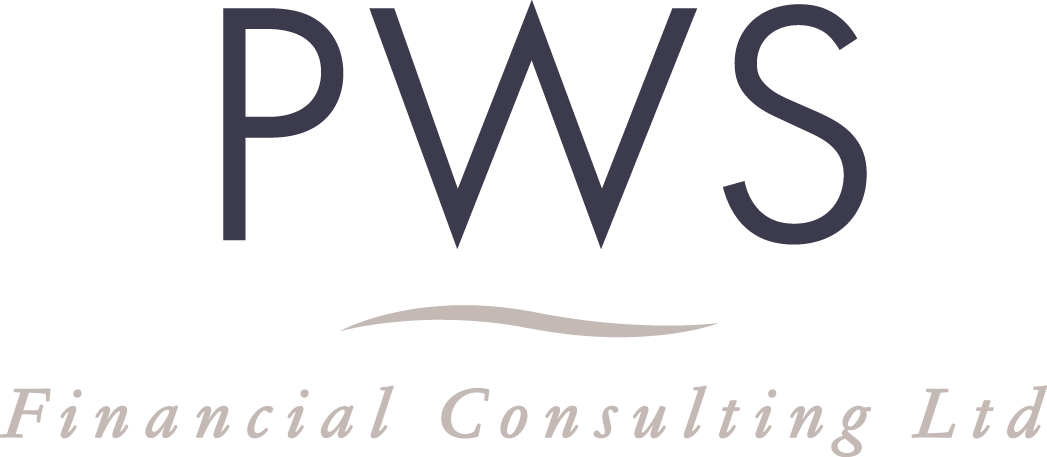When business owners choose how to take their profits, there is a compelling argument in favour of pension contributions.
Dividends may still be the preferred route for most. However, changes in how they are taxed may drive more directors who do not need the income to use employer pension contributions instead. Remember, since April 2018, the dividend allowance is just £2,000.
Tax-efficient extraction
Taking profits as salary is more expensive than taking it as a dividend. This is the case despite the reduced annual dividend allowance. For a higher rate taxpayer, the combined effect of corporation tax at 19% and dividend tax of 32.5% will still yield a better outcome than paying it out as salary, which needs to account for income tax at 40% plus employer NI of 13.8% and employee NI of 2%.
Pensions contribution can be even more tax efficient. An employer pension contribution means there is no employer or employee NI liability, just like dividends. But it is usually an allowable deduction for corporation tax like salary. This is getting the best of both worlds.
And of course, with modern flexible pensions, directors over fifty-five can access it as easily as salary or dividends. With 25% of the pension pot normally available tax-free, it can be very tax efficient. One thing to remember is taking taxable income from a pension can reduce future pension contributions from all sources to £4,000 pa. Another is that for high earners the amount they could be able to pay into pensions may be as low as £4,000 pa.
Many business owners may pay themselves a small salary, typically around £8,000 a year. This builds up their State pension entitlement without triggering NI. They may then take the rest of their annual income in the form of dividends, as this route is more tax-efficient than taking more salary. But what about the money they do need to take to meet their spending needs?
An example
The table below compares the net benefit derived from £40,000 of gross profits to a higher rate taxpaying shareholding director in the 2020/21 tax year.
| Bonus | Dividend* | Pension | |
| Company profit | £40,000 | £40,000 | £40,000 |
| Corporation tax 19% | £0 | £7,600 | £0 |
| Employer NI | £4,850 | £0 | £0 |
| Value to director | £35,150 | £32,400 | £40,000 |
| Director’s NI | (£703) | £0 | £0 |
| Director’s income tax | (£14,060) | (£10,530) | £0 |
| The net benefit to the director | £20,387 | £21,870 | £40,000 |
* Assumes full £2,000 annual dividend allowance has already been used.
The dividend route provides more spendable income than the bonus alternative. But if the director does not need this income, the value in their pension pot is almost doubled.
When the director takes money from their pension, the figures still compare favourably. If the £40,000 fund is taken when the director is a basic rate taxpayer, net spendable income could be £34,000. Even if higher rate tax applies the figure is £28,000. That is respectively 55% and 28% higher than the dividend option.
From a family protection point of view, if not withdrawn for income purposes, the full £40,000 could be paid to the director’s loved ones tax free should death occur before 75, or otherwise at the beneficiaries’ own marginal rate of income tax.
If you want to know more, please feel free to book in a free no-obligation chat here or get in touch.
Any reference to legislation and tax is based on our understanding of United Kingdom law and HM Revenue & Customs practice at the date of production. These may be subject to change in the future. Tax rates and reliefs may be altered. The value of tax reliefs to the investor depends on their financial circumstances. No guarantees are given regarding the effectiveness of any arrangements entered into on the basis of these comments.





